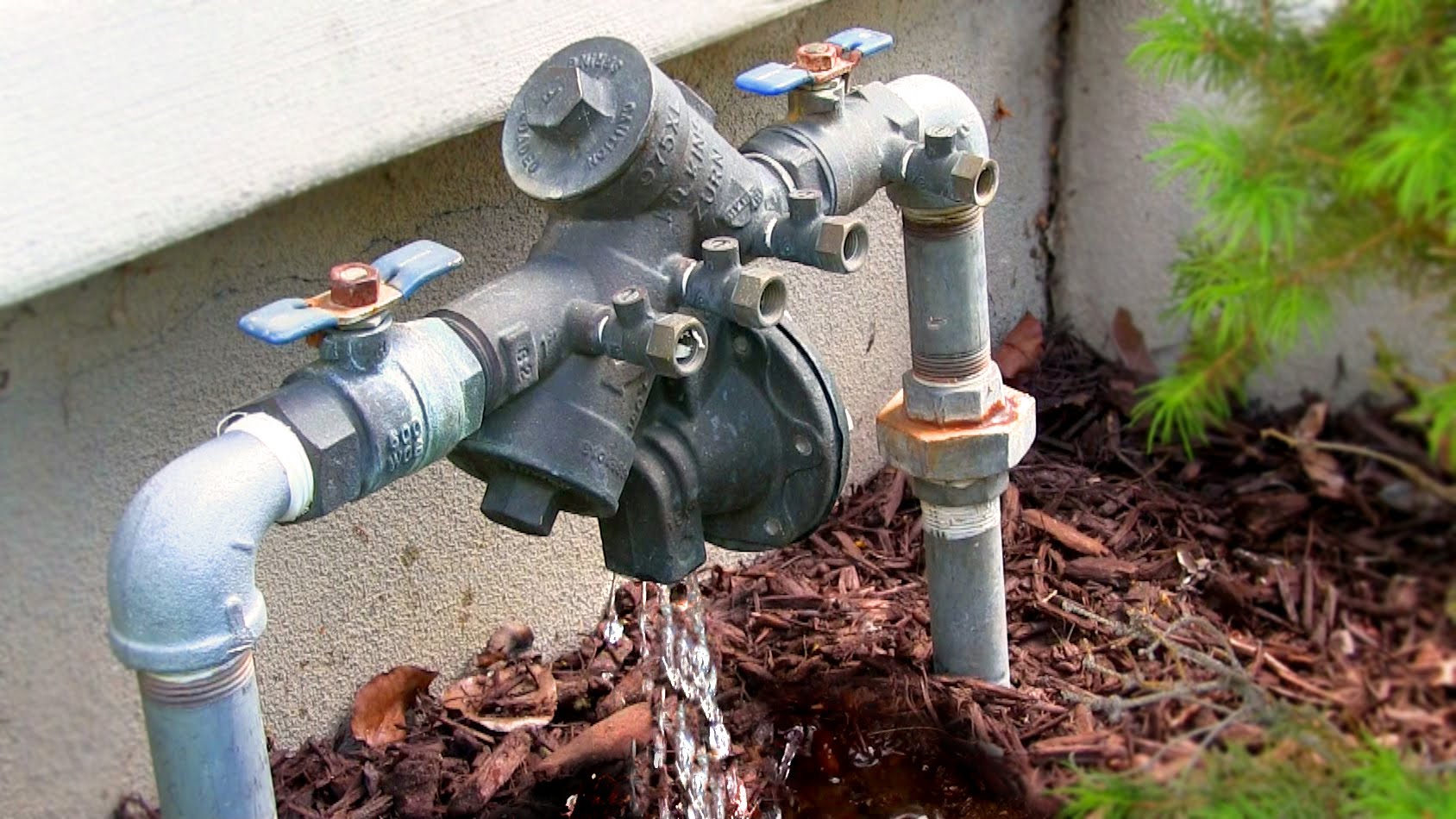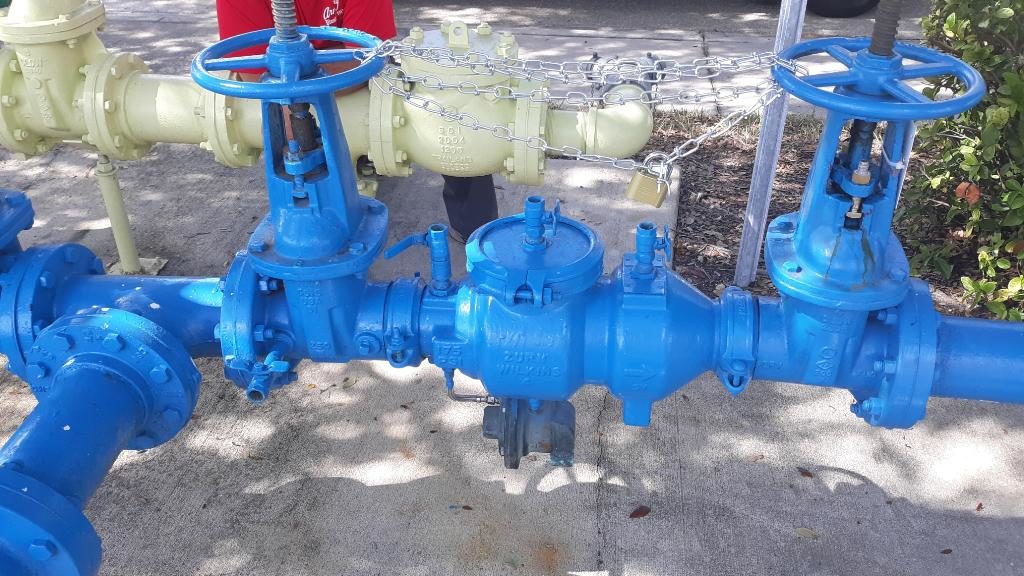Do Backflow Testing Required for My Water?
Do Backflow Testing Required for My Water?
Blog Article
We have come across this great article on Backflow Testing below on the web and think it made sense to write about it with you over here.

Yes, you require to backflow test your home's water system to guarantee that the water is without contaminants and unsafe degrees of chemicals. You should not attempt to perform heartburn screening on your very own because of the equipment needed and room for error. We recommend that you call a specialist plumber every number of years to test your water.
What is Heartburn?
In other words, heartburn is when water moves upwards-- the opposite direction in the plumbing system. This is additionally referred to as "backpressure." When the water relocates this instructions, it can mix with dangerous toxins and also position a risk.
What Creates Heartburn?
A common source of heartburn is a loss of water stress that triggers the water to siphon back into the water. An instance is clearing out a paint container utilizing a pipe. You fill up the paint container up with water, leaving the hose pipe in the pail. After time, there is a loss in water pressure and the hose starts to suck the water back into the water system. As you can imagine, there are now chemicals from the paint that are going into the water supply, possibly presenting a risk. Lots of individuals are not also conscious of backflow testing, but there are many reasons why it's so essential.
Backflow Screening is Needed by Legislation in Certain Cities
Relying on where you live, you might really be called for by regulation to backflow examination your legislation. As an example, Iowa City keeps a record of all residential properties offered by the city's water. The city needs that certain "high-hazard" centers undertake heartburn testing. Sometimes, residential properties such as homes and apartment buildings are impacted.
You Can Avoid Backflow
The primary purpose of a heartburn tool is to avoid water from moving backward into your water supply. Plumbing professionals install the device on the pipes in your residence to ensure that the water just moves in the right instructions.
Heartburn Can Influence Both You as well as Your City
Several cities develop backflow standards due to the fact that unsafe heartburn can affect the general public water supply along with a solitary building. Fortunately, modern-day cities have backflow devices in place that shield the water that comes from most homes as well as business homes. The genuine risk originates from watering systems, which can harm the supply of water with hazardous fertilizers, manure, and also other chemicals.
Call a Plumber to Test for Heartburn Before It is Far too late
While it could seem grim, contaminated water can bring about dreadful microbial and viral infections that are difficult to treat. If there are any type of harmful chemical levels, a plumbing firm can swiftly evaluate your house's water to determine. If you can prevent the suffering that comes from drinking infected water, the small investment is. And also if you do find that your water has high degrees of toxins, a plumber can conveniently set up a heartburn prevention tool.
Yes, you require to backflow examination your residence's water supply to ensure that the water is cost-free of toxic substances as well as harmful levels of chemicals. A normal reason of backflow is a loss of water stress that causes the water to siphon back right into the water supply. After some time, there is a loss in water pressure as well as the pipe begins to suck the water back right into the water supply. The primary objective of a heartburn gadget is to stop water from streaming backward right into your water supply. Numerous cities develop heartburn standards due to the fact that hazardous heartburn can affect the public water supply in addition to a solitary structure.
WHY DOES BACKFLOW TESTING NEED TO BE DONE EVERY YEAR
What Is Backflow?
Toxic gas backing up into a building is one example of potential backflow issues, but backflow can occur in many other ways.
Backflow is generally referred to as the reversal of a liquid or gas in a plumbing system.
Most issues for the public occur with backflow resulting in contaminated drinking water. If you look up backflow issues online you’ll probably find references to “potable” water. That means drinking water.
There have been backflow issues in the past with drinking water. Chemicals, sewage and other contaminants have found their way into drinking water causing health issues for those that count on the fresh water.
What Causes Backflow?
In a residence or commercial building water generally flows one way. This normal flow is usually driven by consistent pressure in the water and waste system.
Anything that changes the normal pressure in the system can lead to backflow.
Fire hydrant use or malfunction can reverse the normal pressure in the system on a city line, but backflow can occur in a number of different ways.
Sometimes backpressure might be caused by someone using a garden hose and submerging the end of the hose in a pool of liquid. If pressure is lost the flow could reverse and contaminants could be released into the drinking water.
Anytime there is a connection between contaminants and the drinking water there is potential for a backflow issue. Sometimes these connections are not immediately obvious like the garden hose connecting to a building’s drinking water supply.
Backflow Regulations
The Environmental Protection Agency (EPA) provides guidelines and regulations for state and local governments regarding backflow. State and local governments also have their own guidelines and regulations for backflow prevention.
Arizona has its own backflow regulations.
Due to issues with backflow in the past, regulations require backflow preventer devices to be used in nearly all residential and commercial buildings.
A backflow preventer is a device that prevents backflow as cross-connection points where potential backflow issues may occur.
While backflow is not a common occurrence, preventers are in place to make sure there is no contamination should something malfunction or go wrong with a building’s water supply.

As a fervent person who reads about Is backflow testing necessary?, I assumed sharing that excerpt was mandatory. In case you appreciated our post plz be sure to share it. Thank you for your time. Visit again soon.
Estimating
Report this page